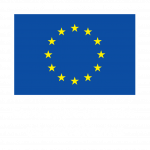

Helsinki takes to the skies with drones and AI to ease traffic congestion
The Finnish capital Helsinki is deploying aerial surveillance and artificial intelligence to tackle rush-hour gridlock at Finland’s busiest ferry port, but privacy concerns linger over the ambitious experiment, which could greatly benefit commuters, logistics companies, and the environment by reducing idle emissions and wait times.

Text by Martti Asikainen, 29.10.2025 | Photo Adobe Stock Photos

Helsinki is pioneering a new approach to urban traffic management, sending drones into the skies above one of Europe’s busiest transport hubs to gather data that will feed into AI-powered simulations designed to ease congestion and promote sustainable travel.
Since 2023, the city’s innovation arm, Forum Virium Helsinki, has been flying drones over West Harbour, which handles approximately six million ferry passengers annually, making it Europe’s second-busiest port. The drones capture aerial footage during peak periods when cruise ships arrive and depart, tracking the movement of cars, trams, bicycles, electric scooters and pedestrians across this crucial junction where ferries, trains and metro lines converge.
The latest round of flights, conducted in September 2025, marked the culmination of three years of data gathering. Six drones operated simultaneously during the harbour’s busiest hours, capturing a comprehensive picture of how different transport modes interact in one of Helsinki’s most congested districts.
From raw footage to virtual city
The project represents a sophisticated marriage of drone technology, artificial intelligence and urban planning. Swiss start-up Mobilysis processes the aerial footage using AI to detect and classify vehicles, tracking their speed, direction and interactions with other road users.
“Our data can provide insights on how ferry passengers arrive at the terminal or continue their journeys – whether they board trams or buses, take taxis, walk to nearby parking, or even use scooters and bicycles,” Manos Barmpounakis, Mobilysis’s chief executive, told Euronews. “These insights are crucial for designing better intermodal connections and making travel through the port area smoother and more sustainable.”
The processed data feeds into what’s known as a digital twin – a virtual replica of the physical transport network that allows city planners to test different traffic management strategies before implementing them in the real world.
“This process is crucial for transforming raw video data into actionable insights that can be used to predict traffic flow, identify congestion and develop more efficient management strategies,” Eero Jalo, senior project manager at Forum Virium Helsinki, told Euronews. “The core of the AI function is the simulation, providing analysis of travel behaviours and their impact on traffic flow.”
Privacy protections built in
Mobilysis emphasises that privacy safeguards are fundamental to the system’s design. Raw videos are never shared externally – only anonymised, AI-processed trajectory data is used for analysis. The company says its data collection complies with Europe’s General Data Protection Regulation (GDPR).
“The drones are positioned at fixed observation points and record bird’s-eye-view videos of multimodal traffic,” Barmpounakis told Euronews. “This perspective is ideal for understanding how different transport modes interact in busy urban areas. This bird’s-eye view also allows us to have GDPR compliance, as no faces or licence plates are visible.”
However, some experts caution that regulatory compliance doesn’t eliminate all concerns. Alina Wernick, who leads the Law, AI and Society Group at the University of Tübingen in Germany, points out a fundamental challenge with aerial surveillance.
“What is noteworthy in the case of GDPR-compliant drone surveillance is that the citizens seeing a drone in the sky have no way of knowing whether it collects data in a manner that does not violate rights to privacy and security,” Wernick told Euronews.
She also flags potential cybersecurity risks and the possibility that combining datasets could, theoretically, reveal personal details. Additionally, she notes that digital twin technologies face criticism for being unable to accurately represent the full complexity of urban life.
Engaging the public
Forum Virium Helsinki says it is keeping residents informed about the trials. “There have been many questions from the citizens,” Jalo told Euronews. “We are sharing information on what happens in our test areas with drones. It always generates good interest from citizens, and we keep this open and develop how to share this information.”
The practical applications extend beyond mere observation. The project will test whether “soft measures” – such as route recommendations or incentives to travel during off-peak times – can improve city-wide traffic flow. A mobile app will offer alternative modes or routes to test users based on simulation data.
Helsinki’s drone project forms part of ACUMEN (AI-aided decision tool for seamless multimodal network and traffic management), an EU-funded initiative under the Horizon Europe research and innovation programme. Led by Aalto University in Finland, the project brings together eight EU countries plus Switzerland, with similar trials underway in Athens, Amsterdam and Luxembourg.
The initiative aims to promote sustainable transport choices whilst supporting climate goals by encouraging greener journeys. Helsinki’s final toolkit and policy recommendations are expected in May 2026, when the ACUMEN project concludes.
The collaboration represents a significant test case for AI-guided traffic management across Europe. If successful, the approach could provide a template for other cities grappling with congestion and sustainability challenges.
Balancing innovation and rights
The Helsinki experiment highlights the tension between technological innovation and fundamental rights. Wernick suggests that whilst collecting more precise data may help municipalities better serve citizens’ needs, public perception of surveillance technologies remains fluid.
“On the one hand, collecting more precise data may help the municipality to fulfil citizens’ human rights, or to ensure that the digital model accounts for the more diverse needs of citizens,” she told Euronews. “On the other hand, the public perception of certain technologies may change, as in the case of the use of drones in the city environment.”
For now, Helsinki is pressing ahead with its aerial surveillance programme. The city plans to expand drone operations in 2025, with trials to transport medical samples from hospitals to laboratories – potentially the longest drone flights yet conducted in the Finnish capital.
Whether drones become a familiar sight in European skies will depend not just on the technology’s effectiveness, but on striking the right balance between innovation, transparency and privacy protection.


Finnish AI Region
2022-2025.
Media contacts